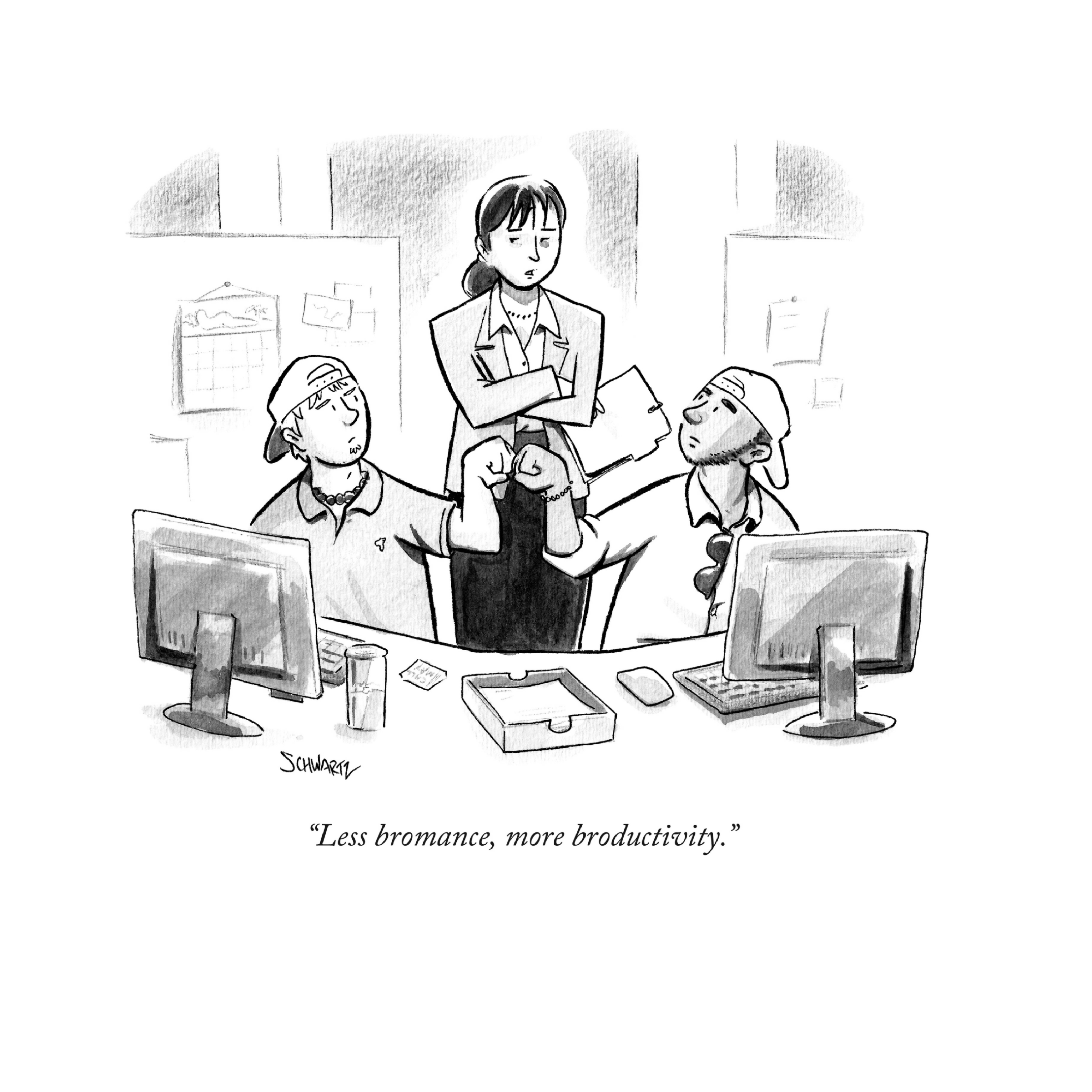Agencies Struggle with Declining Prices

Since 1992, the average price for creative agency deliverables has declined by 70% in today’s dollars, according to my research [1] for Madison Avenue Manslaughter. Nevertheless, agencies have managed to deliver growing profit margins for their owners throughout this 25-year period. How was this possible? Are agencies still “fat,” as many procurement executives believe, or have they starved themselves to generate profits in the face of declining prices?
To generate growing margins, agencies had to cut costs per deliverable at a rate greater than the 70% price decline. J Walter Thompson was earning a 4% profit margin when WPP bought it in the late '80s. If it is now generating the required WPP profit margin of 15-20%, it had to bring down its costs per deliverable by at least 85% in constant dollars. This is true for other agencies, as well.
Here’s how it happens:
- Creative agencies were heavily staffed during the commission era, before 1992. Media-based commissions generated high levels of income relative to agency work. Agencies used the income to “staff up” rather than generate huge profit margins. That’s why JWT and other agencies were not particularly profitable in the past. They invested in highly-paid creatives and they allocated multiple creative teams to each brief and generated a surplus of creative ideas for clients. BBDO’s motto, “The work. The work. The work,” established during the commission era, was founded on the agency’s ability to work and rework client briefs until they were right; BBDO had the creative resources that made this possible. In addition to high creative staffing, agencies had even heavier client service staffs. For each creative, agencies had 1.5 client service executives to deal with the complex management of clients. Cost per deliverable was thus very high during the commission era; there were relatively few traditional deliverables and many creatives/client service executives.
- Surplus agency staff was eliminated as commissions gave way to fees. From 1992 to 2004, under pressure from clients and holding companies alike, agencies downsized their creative departments, largely eliminating the excessive number of creative teams assigned to creative briefs. This had the effect of reducing excessively high rework rates as well, since fewer surplus ideas were being taken to clients for their consideration. Client service departments came under an even bigger knife and were cut until the ratio of client service people to creative people was reduced from 1.5-to-1 to 1-to-1 (where it remains today). This meant that every downsized creative was accompanied by three downsized client service executives. By 2004, according to my research, agencies were efficiently staffed relative to their workloads. They had neither surplus creatives nor surplus client service people and they had enough production people to carry out their production workloads.
- Subsequently, agencies have continued to downsize and juniorize. Prices continued to fall after 2004, driven by procurement fee reductions and digital/social workload increases. Although agencies were properly staffed in 2004, they have been driven by circumstances to downsize and juniorize to maintain or grow their profit margins. Senior, more expensive people have been let go, and agencies have staffed their work with a more junior mix of agency people. This is easily shown via 4As billing rate data and Glassdoor.com salary data over time. Inevitably, creative output per head has had to rise. Since 1992, creative output per head has more than doubled; since 2004, it has increased by more than 25% -- but the rate of increase is now accelerating. Creatives are seriously stretched, I believe. Are increased outputs handled by more junior creative people having an adverse effect on quality? Relationship duration has decreased to 2-4 years, down significantly from the long-term relationships of the past, and searches/pitches have become commonplace. Furthermore, clients now have internal agencies and rosters of production agencies and they depend significantly less on their creative agencies for partnership and creative leadership.
Overall, it is hard not to conclude that the pricing and profit pressures on creative agencies have led to a deterioration in their capabilities. But not all of the price declines had to happen. For reasons best known to senior agency executives, agencies do not routinely plan, document or negotiate their remuneration based on a measurement of the growing SOW workloads they carry out. In too many cases, declining fees are set by clients and growing workloads happen on an unplanned, ad hoc basis throughout the year.
Agencies have either been inattentive to their workload problems or too wedded to the concept of “we’re great service providers and will do whatever our clients require.”
Holding companies will continue to need growing profit margins and procurement executives will continue to think that agencies have plenty of fat left in them. Until all parties get down to measuring and discussing workloads, fees and resources, industry prices will continue to fall, with catastrophic consequences for the current players.
[1] Price equals fees divided by deliverables. Deliverables were normalized by size to account for the variety of media types, so an increased number of “small” social/digital deliverables over time is not the cause for price decline. Inflation has been removed.
Cartoon credit: Benjamin Schwartz, The New Yorker, The Cartoon Bank. With permission.
Click the social buttons above or below to share this story with your friends and colleagues.
The opinions and points of view expressed in this content are exclusively the views of the author and/or subject(s) and do not necessarily represent the views of MediaVillage.com/MyersBizNet, Inc. management or associated writers.


